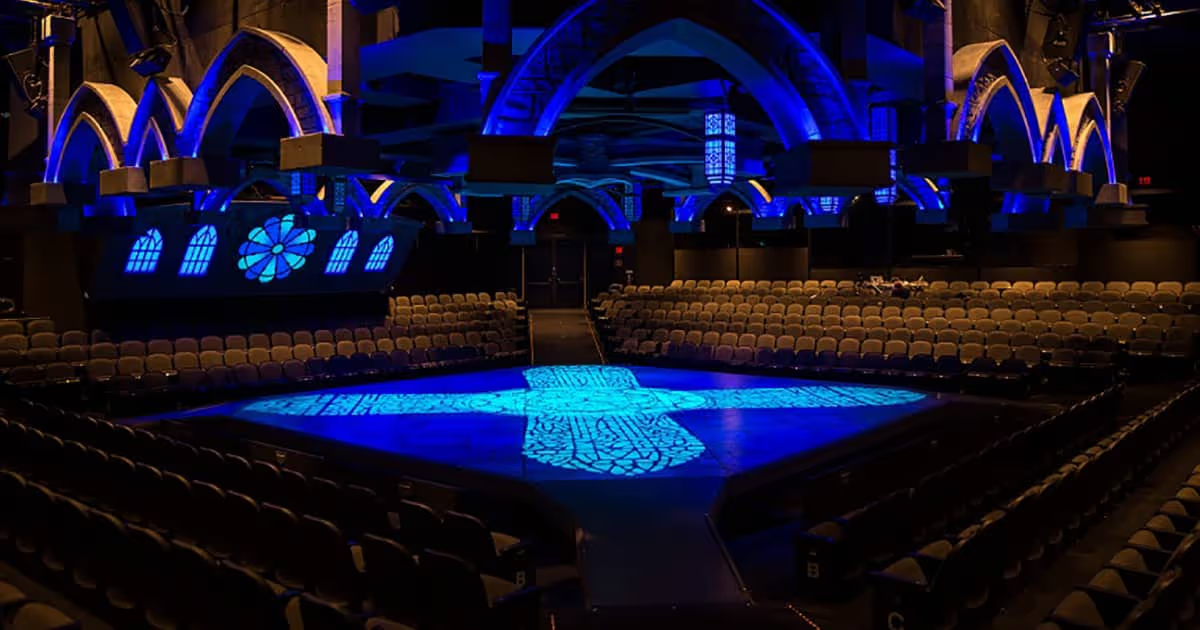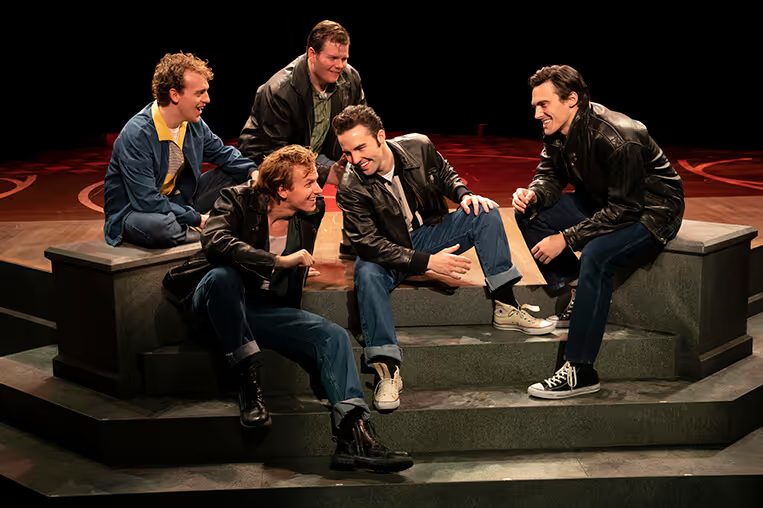‘Grease’ returns to the not so golden high school days
★★★½
Director Scott Weinstein has chosen a cast that works together beautifully in Jim Jacobs and Warren Casey’s hit musical, “Grease,” a two-hour snapshot of late 1950’s Chicago-area (William Howard Taft High School) teenagers dealing with peer pressure, physical attraction and values.
Named after youth who called themselves greasers, the musical looks in on the lives of two groups at fictional Rydell High School, the Burger Palace Boys who sport leather jackets and their girl friends, the Pink Ladies. Nerds, cheerleaders and teachers also put in appearances.
However, the show’s gems are when some cast members get to show off their talent in individual numbers.
After a cute, short graduation ceremony, the show starts off strong with “Summer Nights” sung by leads Sandy Dumbrowski, a Catholic school transfer student trying to fit in (Leryn Turlington) and Danny Zuko, (Jimmy Nicholas) a “cool” dude who tries not to let on to his Burger Palace Boys friends that he has fallen for a “Sandra Dee” type girl.
The next number, “Those Magic Changes” is a chance for Michael Kurowski to shine. He is an instrumentalist who portrayed Jerry Lee Lewis in Theater at the Center’s “Million Dollar Quartet.”
The show’s memorable moments continue with “Greased Lightning” costarring Kenickie (Kevin Corbett), one of Zuko’s group, and his car which he proudly drives on stage.
Another fun piece is “Mooning” delightfully sung by the well-matched pair of Roger (Jake Elkins) and Jan (Tiffany T. Taylor).
But the show stopper is “Beauty School Dropout” exuberantly interpreted by Jonathan Butler-Duplessis as Teen Angel with Landree Fleming as Frenchy, a member of the Pink Ladies who was flunking high school courses.
Interspersed are the rock ‘n’ roll numbers that typify the 1950’-60’s era.
But “Grease,” whether in its glossy, 1978 movie version of high school that stars Olivia Newton-John and John Travolta or Weinstein’s less “photo-shopped,” version, the show still portrays the struggles between fitting in and pleasing parents and trying to decide what image fits.
Personally, I’m not convinced that Sandy’s stunning transformation at the end was because she felt free of her parochial school lifestyle. It still felt to me that she was trying to adapt to the Pink Ladies’ smoking, drinking image.
Kudos to Costume designer Amanda Vander BYL for her 50s look and the Teen Angel production, and to veteran scenic designer Jeffrey D. Kmiec who managed to seamlessly glide between Rydell High School, convertible, Pink Ladies’ abodes and the Burger Palace.











